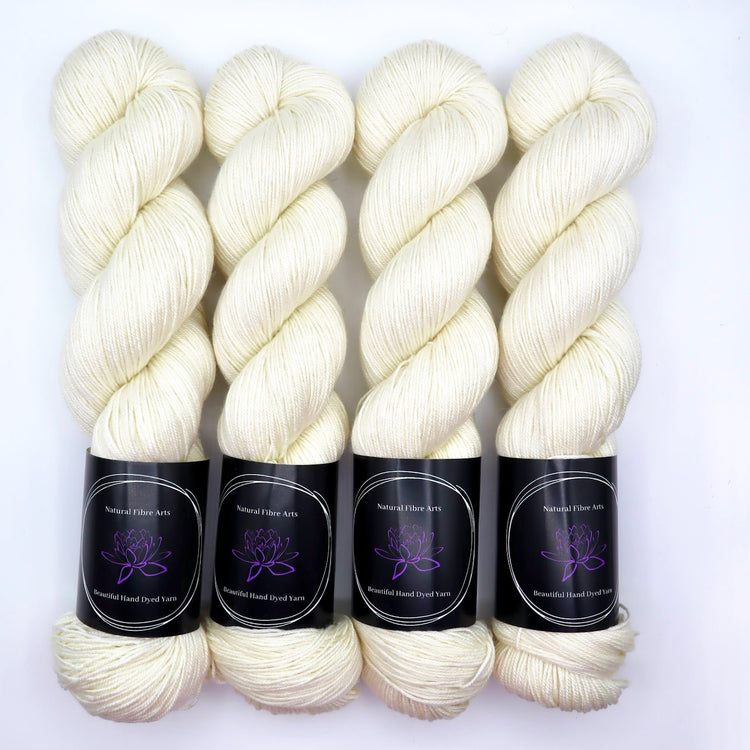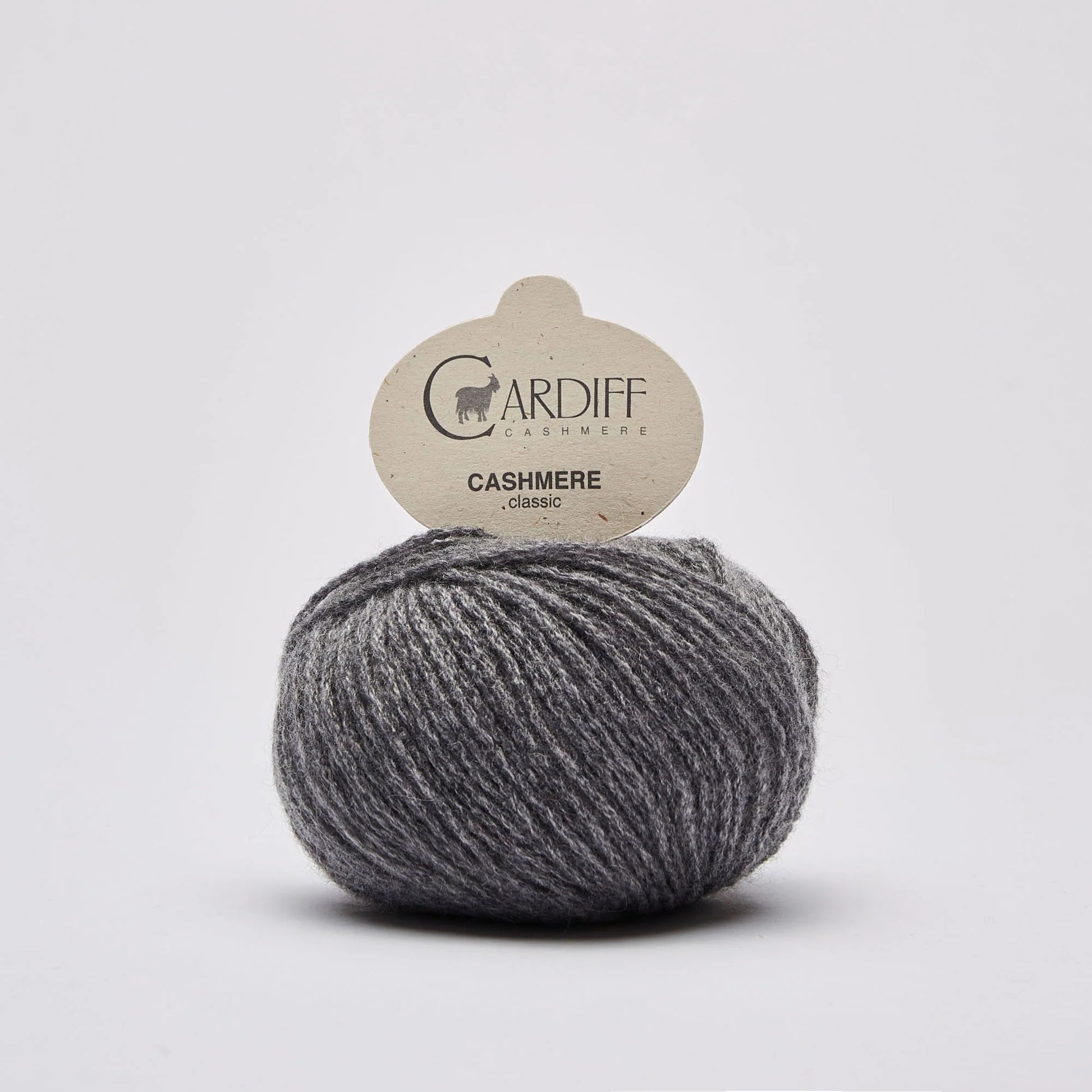What Is Cashmere and Why It’s Known One of the Softest Fabrics in the World
What Is Cashmere and Why It’s Known One of the Softest Fabrics in the World
Blog Article
Recognizing the Various Types of Cashmere a Natural Fiber and Their Special Benefits

The Beginnings of Cashmere: A Historical Summary
While the glamorous touch of cashmere remains to charm contemporary consumers, its beginnings map back to the harsh, cold environments of Mongolia and the Mountain ranges. For centuries, the native peoples of these regions have been elevating Capra Hircus goats, the prime resource of cashmere woollen. These goats, durable against the extreme wintertimes, grew a great undercoat to make it through, which later came to be called cashmere. The name itself pays tribute to Kashmir, an area in India where the wool was initially processed. Much of the very early cashmere trade route was assisted in by the Silk Road, connecting Asia with the Middle East and Europe. Regardless of its worldwide spread, the finest cashmere is still thought to originate from the initial regions of Mongolia and the Himalayas.

The Production Refine: From Goat to Garment
Shearing a Capra Hircus goat marks the beginning of the intricate cashmere production procedure. This delicate treatment typically happens when a year throughout spring. The fine, soft undercoat is then separated from the coarser outer hair, a process called dehairing. The resultant raw cashmere is after that cleaned to eliminate pollutants such as vegetable, dirt, and grease issue.
The clean fiber is subjected to dyeing, rotating, and weaving, or knitting, to transform it right into a material. Facility treatments such as quality assurance checks and ending up procedures comply with, making sure completion product maintains the extravagant requirement expected of cashmere. This painstaking process, from goat to garment, justifies the high cost connected to cashmere products, making them a sign of high-end and refinement.
The Different Kinds of Cashmere: A Thorough Evaluation

The One-of-a-kind Benefits of Cashmere: Convenience and Sustainability
Relocating from the range of cashmere kinds to the advantages they use, comfort and sustainability stick out plainly. Cashmere, an all-natural fiber, is renowned for its unequaled softness, supplying a level straight from the source of comfort that synthetic fibers can't match. The material's agility, yet excellent warmth retention, makes it ideal for all periods. Cashmere's all-natural flexibility allows it to have a peek at this website return to its original form, making it immune to diminishing or extending.
When it comes to sustainability, cashmere is biodegradable and renewable, as it's collected from cashmere goats who regrow their layers yearly. what is cashmere. Unlike artificial fibers which can take hundreds of years to decay, cashmere's effect on the setting is marginal. This mix of comfort and sustainability makes cashmere a helpful option for aware consumers

Caring for Your Cashmere: Upkeep and Preservation Tips
While cashmere is certainly a elegant and lasting choice, it calls for specific treatment to keep its top quality and prolong its life expectancy. To start, cashmere ought to be hand cleaned utilizing cold water and a mild detergent. Cashmere products need to be saved in a trendy and dry location, away from straight sunshine and wetness.
Purchasing Cashmere: Understanding Its Worth and Well Worth
Although cashmere article may at first appear like a costly investment, its long-lasting worth and worth ended up being noticeable when you consider its amazing high qualities. Recognized for its unparalleled softness and heat, cashmere is a costs all-natural fiber that surpasses various other products. Investing in cashmere, therefore, is not simply regarding current fashion trends, but regarding embracing a lasting, long-lasting, and elegant way of life.
Verdict
In summary, the kind of cashmere one chooses, be it Mongolian, Chinese, or Italian, is dictated by individual preferences for heat, sustainability, high-end, and spending plan. The value of cashmere expands past its price, with convenience and long life adding to its worth. Proper treatment and upkeep can guarantee its conservation. Recognizing the origins, production process, and distinct benefits of various kinds of cashmere can lead customers in their financial investment in this extravagant all-natural fiber.
Whether it's the extraordinary heat of Mongolian cashmere, the price of Chinese cashmere, or the eco-conscious manufacturing of Italian cashmere, there's a story to be uncovered behind each fiber type. Cashmere, a natural fiber, is renowned for its unmatched gentleness, giving a level of convenience that artificial fibers can not match.When it comes to sustainability, cashmere is sustainable and eco-friendly, as it's harvested from cashmere goats who regrow their coats every year. Understood for its exceptional softness and warmth, cashmere is a costs all-natural fiber that outshines various other products. Understanding the origins, manufacturing procedure, and distinct benefits of different types of cashmere can guide consumers in their financial investment in this elegant natural fiber.
Report this page